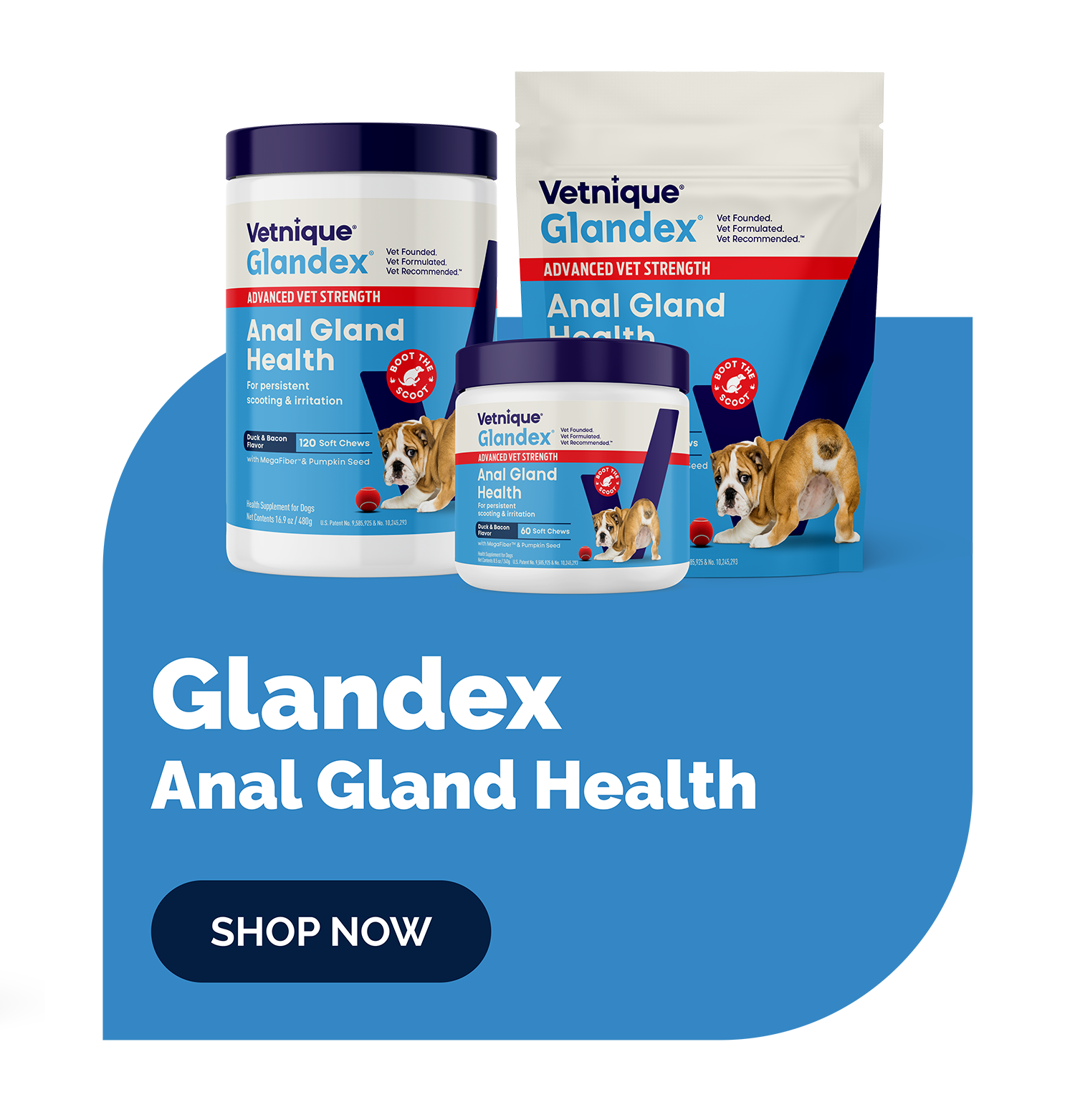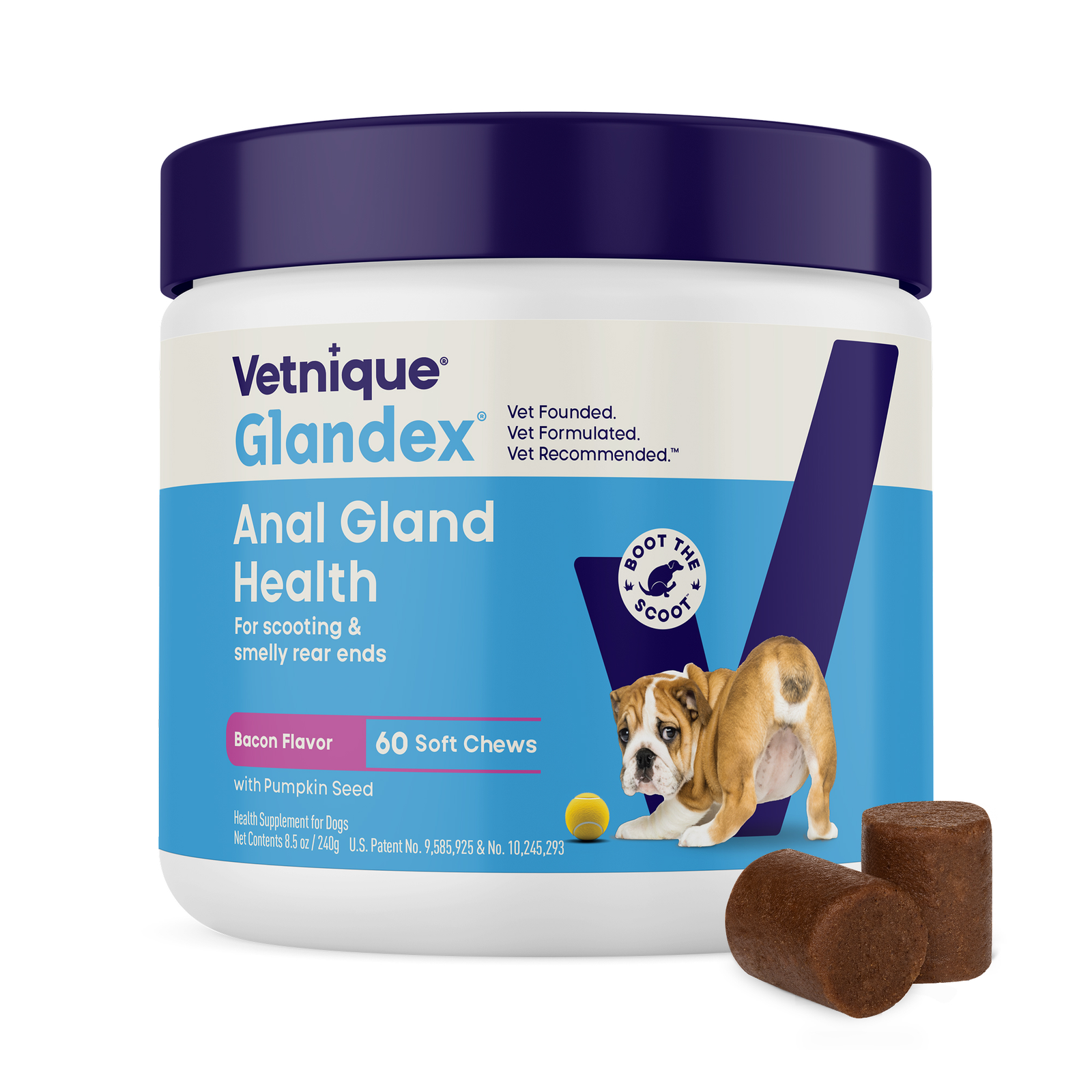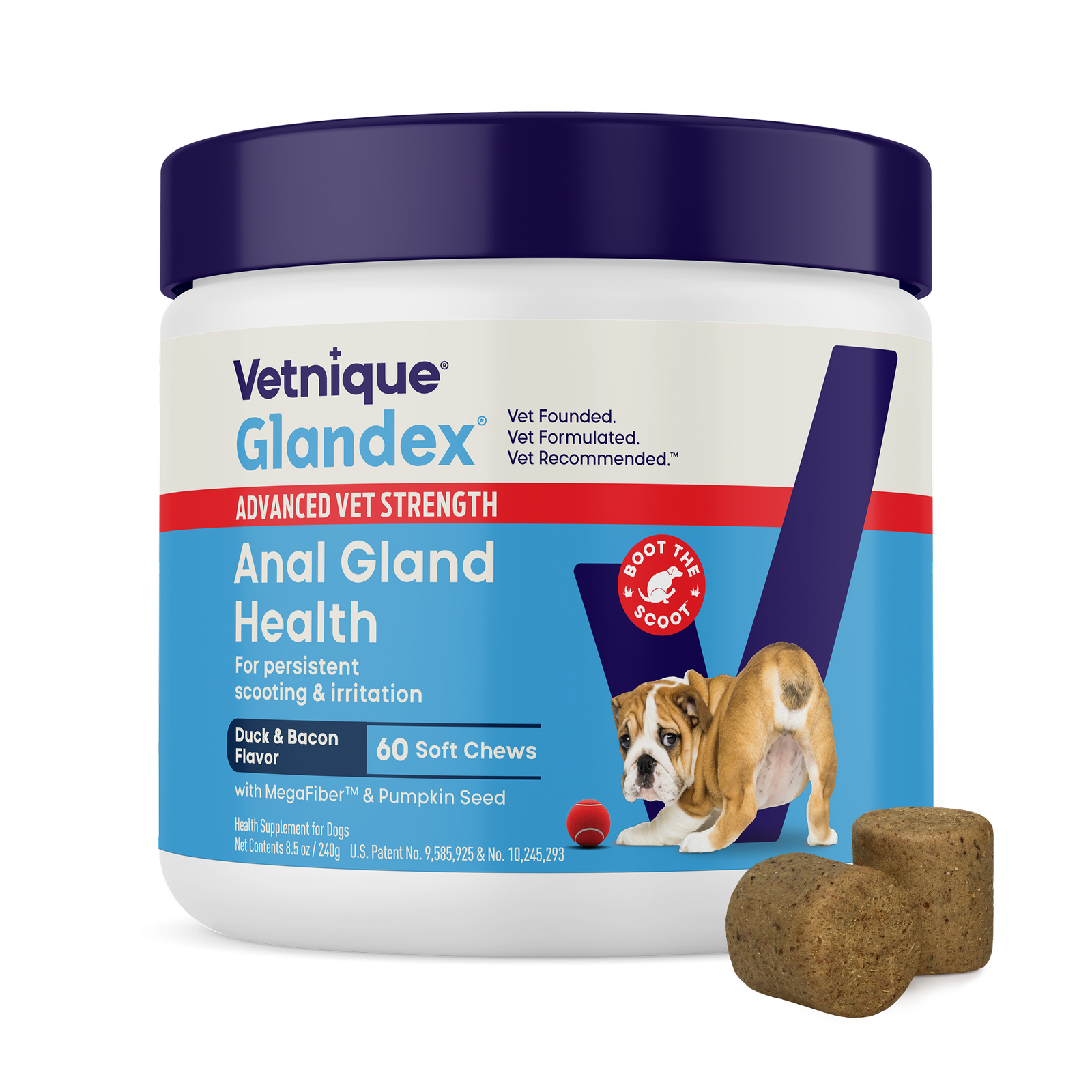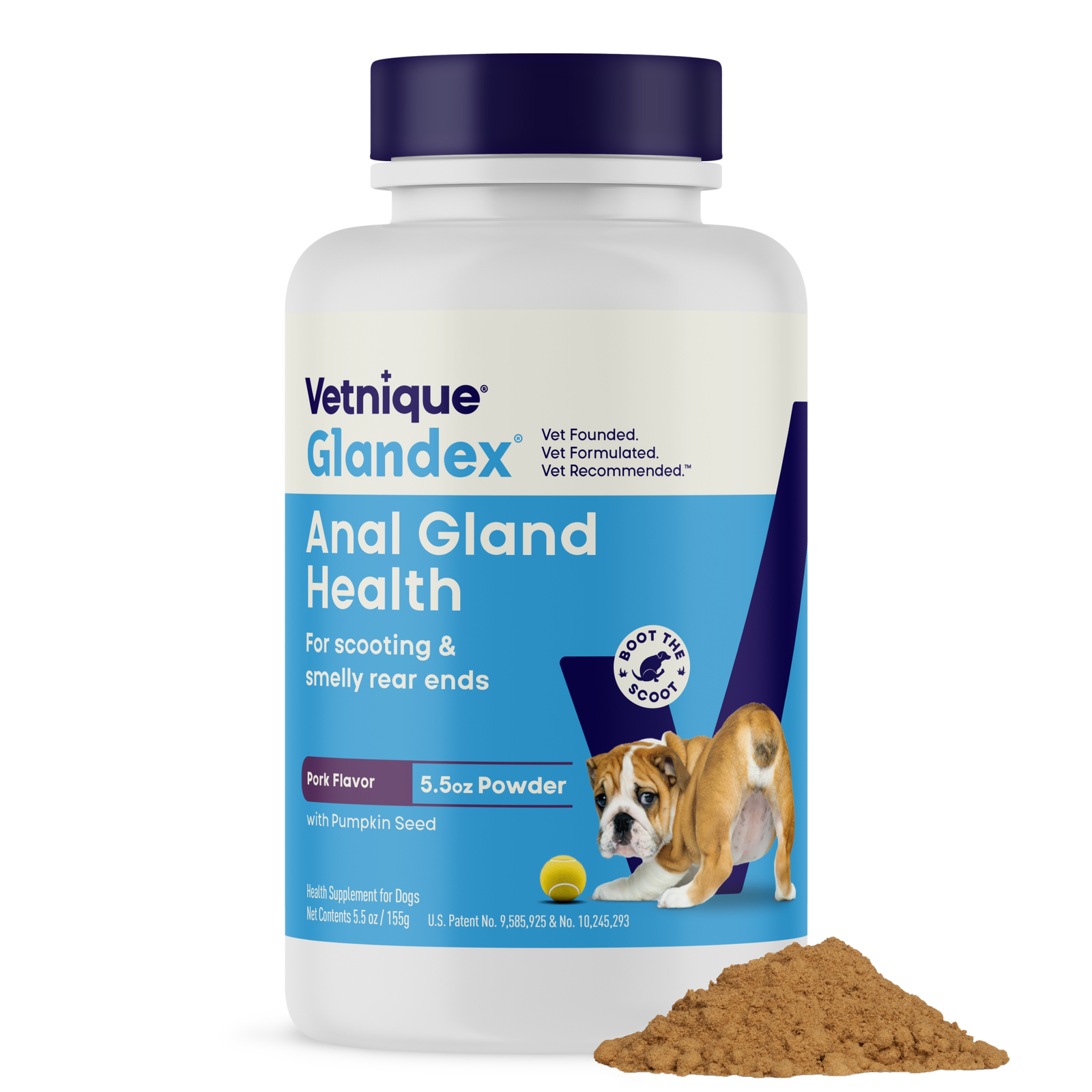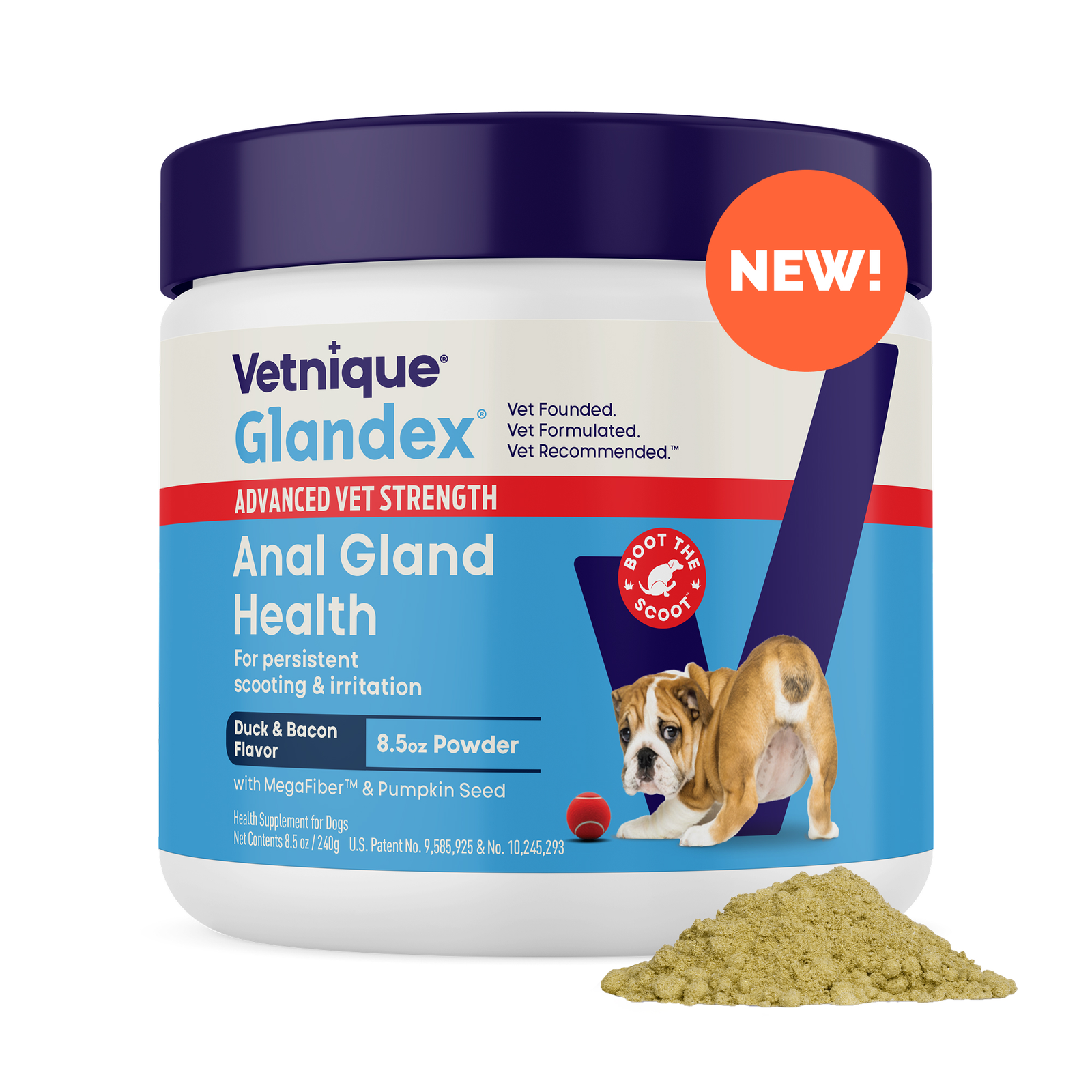How to Prepare for Fall Allergies in Dogs & Cats
Vet Verified
WRITTEN BY DR. JOYA GRIFFIN

As pet parents, we keep a close eye on our canine companions’ health––because we want them to stick around and enjoy life with us for years to come!
As the leaves change and crispness fills the air, many of us eagerly welcome the beauty of fall. But this nostalgic time of year also brings a seasonal nuisance for our beloved pets: fall allergies. While we prepare ourselves for seasonal changes, it's important to make sure our furry companions are equally ready to face the allergens that come with autumn.
We’re covering seasonal fall allergies in pets and exploring which treatments, lifestyle tips, and symptoms you should know about––so you can support your pet through one of the itchiest times of the year!
Which allergens are worst in fall?
Fall allergies in pets are often triggered by a variety of allergens that become more prominent during this season. Do dogs get seasonal allergies in the fall? Yes, and it's essential to be aware of the culprits. Common fall allergies in dogs and cats include pollen from ragweed, mold spores, and dust mites that thrive in the changing weather conditions. Knowing these allergens allows you to take proactive steps to minimize exposure.
These allergens can lead to discomfort and allergic reactions in our furry friends. Symptoms may include itching, sneezing, watery eyes, and skin irritations. Understanding how these allergens affect your pets is the first step toward providing them with the care and relief they need.
Pet Fact
Seasonal allergies in humans most commonly affect the upper respiratory tract. While we struggle with sneezing, watery eyes, and runny nose during allergy season, our pets have an entirely different experience! Symptoms of seasonal allergies in pets mainly present in the skin and fur, though ear infections can also be a common symptom.
What are the symptoms of fall allergies in dogs and cats?
One of the most critical aspects of preparing your pets for fall allergies is recognizing the symptoms. Symptoms of dog allergies in the fall can manifest differently from those in humans. Watch for signs such as:
-
Excessive itching/scratching
-
Bald spots from scratching
- Irregular shedding and fur loss
-
Excessive licking, especially at the paws and belly
-
Chewing inflamed areas of the skin
-
Ear infections
-
Redness and inflammation of the skin
Cats may exhibit similar signs, including excessive grooming and hair loss. Early detection is key to providing timely relief.
Note that some symptoms of fall allergies may overlap with other health issues. If you notice new symptoms popping up in your pet, consult with your veterinarian to get an accurate diagnosis. Proper identification can help you tailor your pet's treatment to their unique needs.
Which dog breeds struggle with fall allergies?
Certain dog breeds are more prone to fall allergies than others. Breeds with sensitive skin, such as Bulldogs and Retrievers, may be at higher risk. Understanding your dog's breed-specific vulnerabilities can help you prepare for and manage allergies more effectively. Other breeds prone to seasonal allergies include:
-
Boston terriers
-
Boxer
-
Dalmatians
-
German Shepherds
-
Labrador Retrievers
-
Irish Setters
-
Poodles
-
Schnauzers
-
Scottish terriers
-
Shar Peis
-
West Highland terriers
In addition to genetics, environmental factors play a significant role in breed-specific allergies. Identifying these factors and being aware of when pollen levels start to increase may help you create a tailored plan for your pet's comfort.

Do cats suffer from seasonal allergies?
How to support your pet during allergy season
Prevention is the first line of defense against fall allergies in dogs and cats! Even though totally preventing allergen exposure is not possible, you can reduce allergen exposure, irritation, and inflammation by restoring the protective function of the skin.
Maintain a grooming routine
Use shampoos made with soothing ingredients to help manually remove allergens from the skin. These types of allergy shampoos for dogs and cats can also help reduce skin inflammation by restoring the lipid layer. Between baths, use cleansing allergy wipes to wipe your dog's paws and belly down after they’ve been outside to reduce the amount of allergen debris they track inside.
Find the right treatment option
What can I give my dog for allergies? When seasonal allergies strike, various cat and dog skin allergy treatments are available. These range from natural remedies for dog allergies to prescribed medications for your pet. Dog chews for allergies can provide relief by addressing skin irritations and promoting healthy skin. Your veterinarian can help you decide which treatment will be the best for your pet.
Create an allergy friendly environment
Make your home an oasis for your pet by creating an allergy-friendly environment. This might mean investing in air purifiers, regularly washing bedding, dusting, and using hypoallergenic cleaning products to minimize allergen exposure and irritation.
Ask your veterinarian
When in doubt, always consult with your veterinarian! They can provide guidance on managing your pet's allergies and offer treatments tailored to your pet's specific needs. They’re also the only ones that can prescribe medications for dog allergies or allergen-specific immunotherapy.
Provide relief for dogs with allergies
Finally, remember that fall allergies can be uncomfortable for your pets. Providing comfort and relief through regular grooming, supplements, medications, or immunotherapy and a loving, supportive home can make a significant difference in their well-being.
Understanding and preparing for fall allergies in your pets is an important part of responsible pet ownership––and it happens every year! By identifying allergens, recognizing symptoms, and taking proactive measures, you can help your furry companion enjoy a comfortable and allergy-free fall season by your side.

This blog exists to provide general information and education about veterinary health and related subjects. The information and other content provided in this blog, website, or in any linked materials is not intended as and should not be considered, or used as a substitute for, medical advice, diagnosis, or treatment. We cannot diagnose conditions, provide second opinions, or make specific treatment recommendations through this blog or website.
